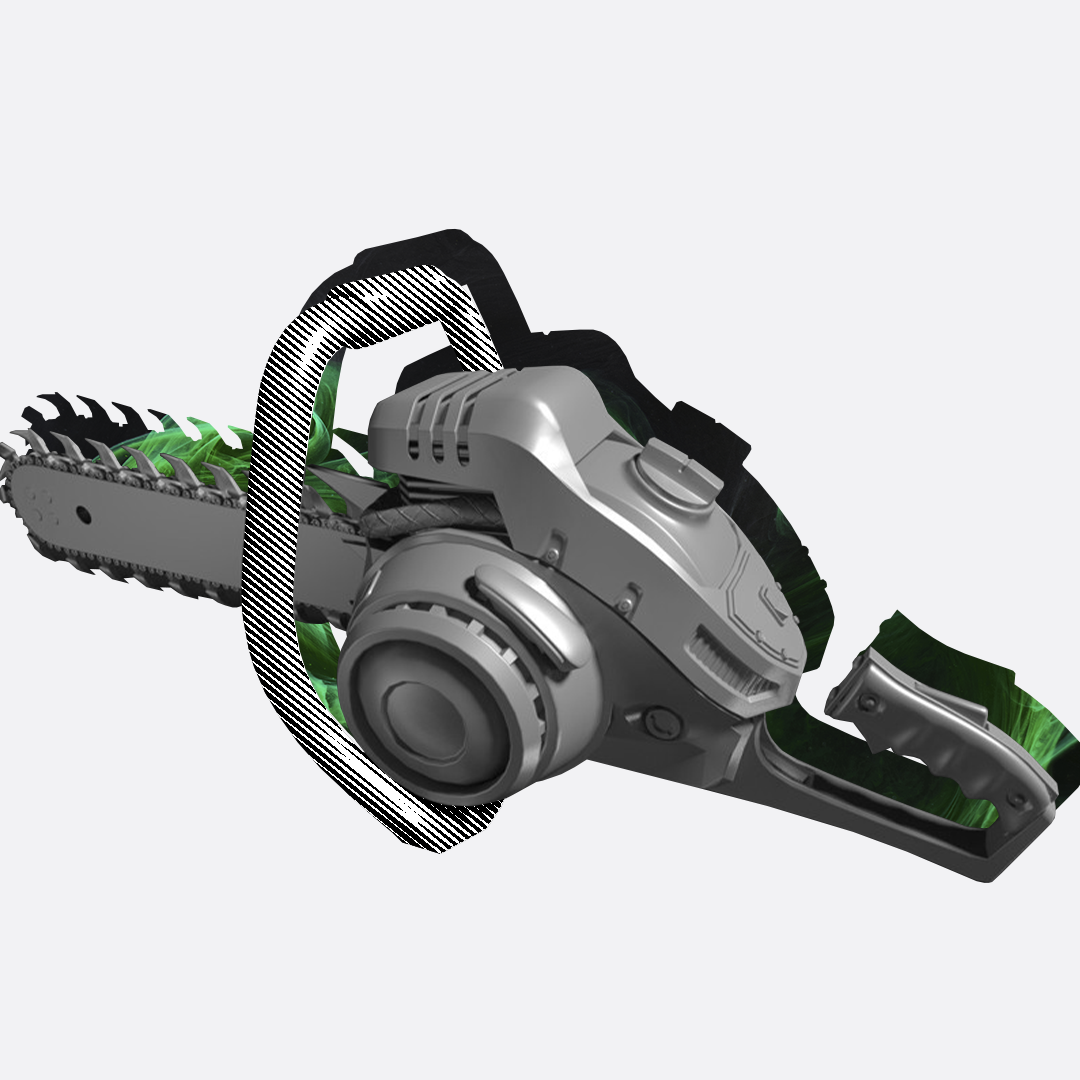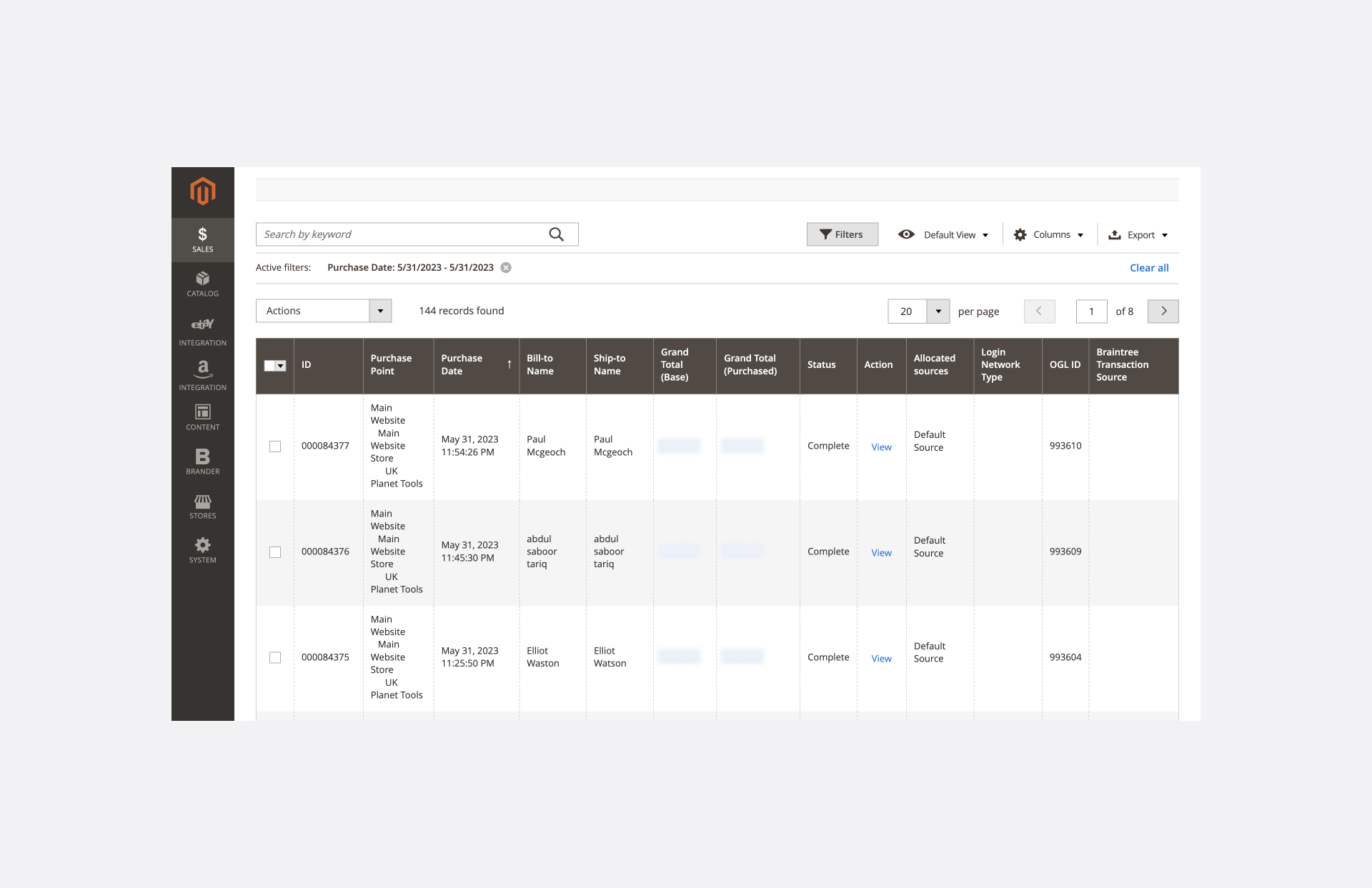The role of a high-quality catalogue for your online store or marketplace cannot be underestimated. How well it is made will also determine how convenient it is for potential customers to search for something in it, place an order, and pay for goods.
You can use different methods to make your catalogue convenient and functional, but today we will present you the best 5 tools.
CMS Platforms
Of course, the first place will be occupied by the CMS system. We have repeatedly mentioned its importance for e-commerce products. What does the market have to offer? Which one to choose? Here are some good examples:
Magento. We have already mentioned its capabilities. It is a powerful, flexible and functional platform for creating large online stores. The system has a lot of functionality, including the ability to create ergonomic and practical catalogues.
WooCommerce. It's not really a CMS, but a plugin for WordPress. Its feature is that it allows you to turn your website into a full-fledged online store.
OpenCart. A simple, intuitive system that is widespread in different countries of the world. What can it do? Create a full-fledged product catalogue and work with it (including managing customer orders).
Plugins and Modules for Online Stores
Once you have decided on a suitable CMS system, you can move on to plugins.
Plugins are extensions for a CMS system that provide additional features and capabilities. Roughly speaking, they extend the capabilities of the CMS and allow you to customize it to your needs and requirements. Brands use many different plugins. We will present some of the most popular ones:
- Yoast SEO is a plugin for optimizing content on a website. It allows you to create a product catalogue with unique meta tags, descriptions, and keywords for each product.

- Product Filter for WooCommerce — a plugin for filtering products on the website by various criteria and parameters.
- Advanced Product Options — a plugin for creating additional options for products (for example, choosing a colour or size of clothes).
Specialized Services for Creating a Product Catalogue
If you don't want to bother with a CMS system, there is a way out — special services. With their help, you can always create a suitable catalogue. Here are some of them:
- Shopify is a service that allows you to create a catalogue of products on your website, manage orders and payments (you've probably heard of it).
- Ecwid is a service for creating an online store. With its help, you turn your current website into a functional store. It also allows you to create product catalogues.
- Big Cartel is a service for creating an online store. It allows you to create a good online store with a basic set of functions, including the creation of a product catalogue.
Manually Create a Product Catalogue Using HTML and CSS
This option of creating a store and catalogue is the most difficult but the most interesting. Everything is created manually: every element and section. The peculiarity of the method of creating an online store using HTML and CSS is that the customer can get everything he wants. You can customize each section, page, create different templates for product types, integrate unique visual content, and much more.
Automatically Import a Product Catalogue From Other Sources
If, for example, you want to create a simple but effective catalogue at the first stages of working with your store, you can simply download it. There are many ready-made solutions on the Internet, or rather services that allow customers to import ready-made catalogues: Excel files, XML files, APIs, etc.
Here are some examples of such resources:
- Oberlo;
- Google Sheets;
- Magento Dataflow;
- Ecwid.
Conclusions
The catalogue is an integral part of any online store. It requires special attention because it serves as an assistant for users. A high-quality catalogue can not only facilitate the search for goods and services, but also improve user experience, increase customer loyalty to your brand, and speed up the purchase process.
Your task is to choose the right tool for creating it. Determine a number of factors (the number of products in it, whether it will need further refinement and expansion, whether the catalogue will be optimized for SEO, etc.) and only then choose the right tool.



